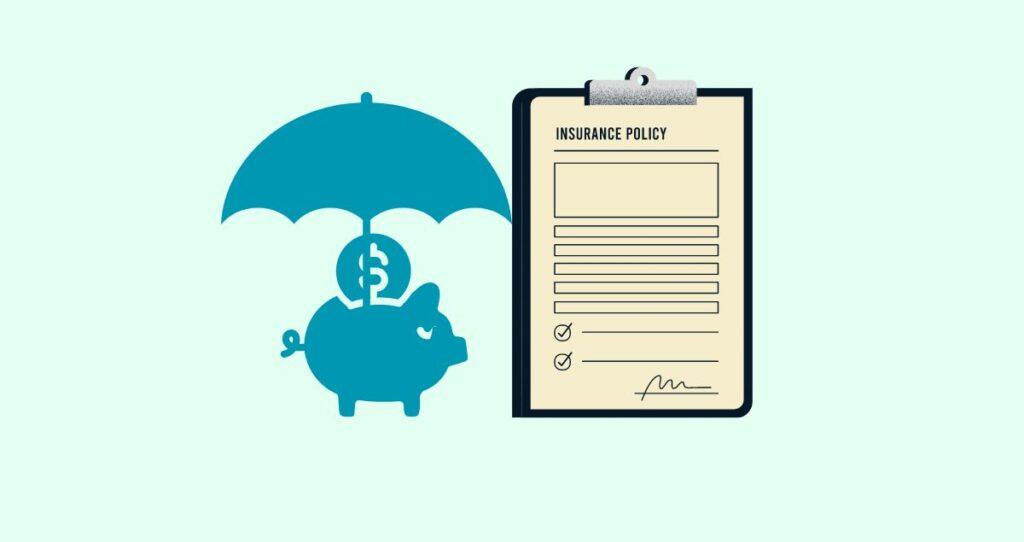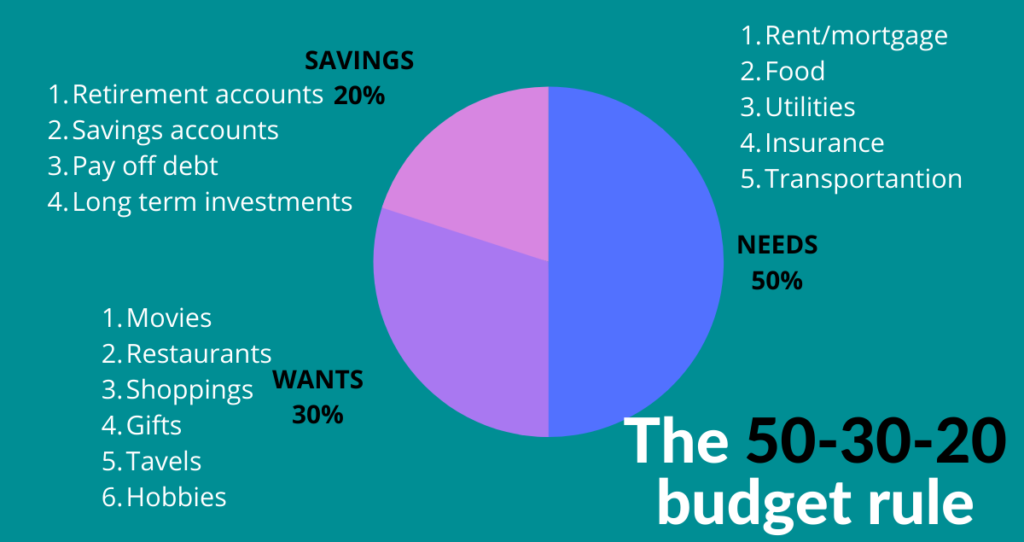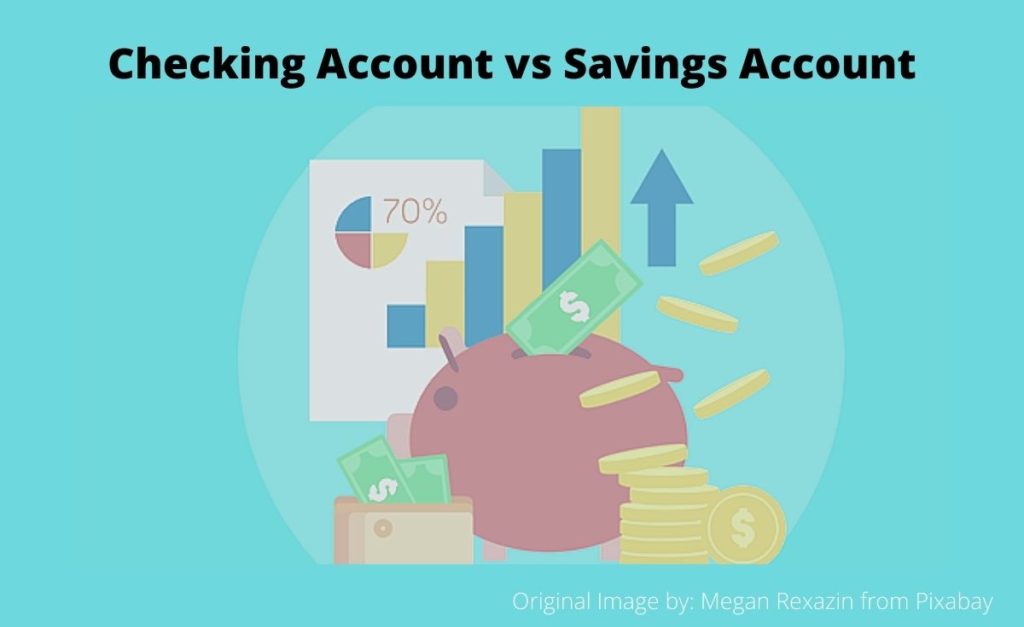A traditional savings account is FDIC-insured up to $250,000 per depositor, per insured bank, for each account ownership category. This means that if your bank were to fail, you would still get your deposit back together with accrued interest for up to $250,000. According to FDIC, as a depositor, you do not need to apply for this insurance because the coverage is automatic whenever you open a savings account with an FDIC-insured financial institution. Traditional savings accounts and similar deposit products from credit unions are insured by the National Credit Union Share Insurance Fund (NCUSIF) which is managed by the National Credit Union Administration(NCUA) for the same coverage limits as FDIC.
For joint deposit accounts, each co-owner of the account is covered up to $250,000 per insured bank, for each account ownership category. For example, if you and your spouse have a joint traditional savings account or a joint CD account worth $600,000 from the same FDIC-insured bank, each one of you will be insured up to $250,000. In order words, the total coverage for your joint account will be $500,000 leaving $100,000 uninsured.
Here is everything you need to know about FDIC insurance on savings accounts and similar deposit accounts.
Basics of FDIC Insurance and its history
The Federal Deposit Insurance Corporation (FDIC) was established in 1933 in response to the Great Depression, to provide stability and confidence in the banking system, according to the Federal Reserve Insurance Corporation(FDIC). Due to the stock market crash of 1929-1933, around 9,000 banks suspended operations which caused a loss of 1.3 billion dollars in deposits, and in 1933, 4,000 banks closed doors. This banking crisis together with public opinion, Congress created The Banking Act of 1933 which resulted in the creation of FDIC and was signed by President Rosevelt on June 16, 1933.
The goal of FDIC was to establish public confidence in the banking sector through different regulations, supervision, and of course insurance.
Here is what FDIC is about according to its website, “The Federal Deposit Insurance Corporation (FDIC) is an independent agency created by Congress to maintain stability and public confidence in the nation’s financial system. The FDIC insures deposits; examines and supervises financial institutions for safety, soundness, and consumer protection; makes large and complex financial institutions resolvable; and manages receiverships”.
When it comes to providing insurance on savings accounts and similar deposits, there is a limit. FDIC insures deposits up to $250,000 per depositor, per insured bank, for each account ownership category.
The coverage extends to both traditional savings accounts and checking accounts, as well as money market deposit accounts and certificates of deposit (CDs). Keep in mind that FDIC insurance only applies to deposits held at FDIC-member banks.
What does FDIC insurance stand for?
FDIC stands for Federal Deposit Insurance Corporation. This institution is independent and was created by Congress and signed by President Roosevelt in 1933 to maintain stability and public confidence in the nation’s financial systems.
What does the FDIC cover?
The FDIC covers deposit accounts such as savings accounts, checking accounts, money market accounts, and time deposit accounts such as certificates of deposits(CDs) from insured banks, credit unions, and other institutions. Here is a complete list of all accounts that FDIC covers.
- Savings accounts
- Money market deposit accounts(MMDA)
- Checking accounts
- Time deposit accounts such as CDs
- Money orders, cashier’s checks, and similar official items issuers by banks, and
- Negotiable Order of Withdrawal(NOW) accounts
What does the FDIC not cover?
Before you open an account with any financial institution, you need to know if that account is insured by FDIC to protect your funds in case of bank failure. Here is a list of all accounts that FDIC does not cover.
- Bond investments
- Mutual funds
- Stock investments
- Crypto Assets
- Annuities
- Life insurance policies
- Municipal Securities
- The U.S. Treasury bills, notes, and bonds
- Safe deposit boxes or their contents.
FDIC Coverage limitations
While traditional savings accounts are FDIC-insured and are generally considered a safe place to keep your money, it’s crucial to be aware that FDIC insurance does have its boundaries. Here are the limitations of FDIC coverage.
- Not every bank is insured by FDIC. The FDIC coverage only applies to deposits held in FDIC-insured banks. This means that those deposits may not be protected if you have accounts with non-FDIC-insured financial institutions. It is critical to verify the FDIC status of any institution you’re considering opening a deposit account on the FDIC coverage institution page. You can also read the terms and services of your bank, credit union, or financial institution for coverage information.
- The insurance has limits. Currently, the standard insurance limit is $250,000 per depositor, per account ownership category, at each FDIC-insured bank. If you have more than $250,000 in a single account or multiple accounts held in the same ownership category, the excess amount will not be covered by FDIC insurance. For joint accounts, each account member is insured up to $250,000. For example, if you and your spouse have a joint savings account at an FDIC-insured bank, each co-owner of the joint account will be covered up to $250,000 for a combined coverage of $500,000.
- Certain types of accounts may have different coverage limits or may not be eligible for FDIC insurance altogether. For example, bond investments, life insurance policies, annuities, safe deposit boxes or their contents, stock investments, etc., are not covered by FDIC. Additionally, certain types of business accounts may have separate rules and limitations when it comes to FDIC coverage.
- The coverage is per bank not per branch. If you have accounts at multiple branches of the same bank, the total amount of your deposits in those branches is considered for coverage purposes as if it were all held in a single branch. If you have deposits at different branches of the same bank that exceed the insurance limit, the excess amount will not be protected if the bank fails.
Alternative options to traditional savings accounts
Even if the traditional savings account is FDIC-insured, it is not the only deposit account you can consider. Other similar deposit accounts offer the same level of protection for your hard-earned money with higher interest rates.
Here are alternatives to traditional savings accounts you should consider.
- High-yield savings account. High-yield savings accounts offer higher interest rates than traditional savings accounts and are offered by online banks and credit unions. Just like traditional savings accounts, not all high-yield savings accounts are FDIC-insured. Before opening an account, you need to verify that the institution is FDIC-insured to ensure the protection of your money.
- Money market account(MMA). These accounts often come with higher interest rates than traditional savings accounts and are typically FDIC-insured. Money market accounts are a popular choice for those looking to earn more interest while still having access to their funds.
- Certificate of deposit(CD). CDs offer higher interest rates than traditional savings accounts, but they require you to lock your money away for a set period. It’s essential to choose a CD that is FDIC-insured and suits your specific financial goals and timeline. Withdrawing money from a CD account before maturity leads to an early CD withdrawal penalty which is usually some months or days of interest.
Is a high-yield savings account FDIC-insured?
Traditional savings accounts offered by banks and credit unions that are members of FDIC are typically FDIC-insured, which means that if the bank were to fail, the FDIC would reimburse depositors up to the insured limit of $250,000 per depositor, per ownership category.
The same coverage extends to high-yield savings accounts. Just like savings accounts, not all high-yield savings accounts are FDIC-insured. While many reputable banks offer high-yield savings accounts that are FDIC-insured, some financial institutions may offer similar products that are not FDIC-insured. Before opening a high-yield savings account, make sure that the institution is a member of the FDIC.
How much is a traditional savings account FDIC-insured?
When it comes to FDIC insurance coverage, the standard coverage limit is $250,000 per depositor, per insured bank. This means that if you have multiple traditional savings accounts or a combination of savings accounts, CDs, and MMAs at the same bank, they are typically combined for insurance purposes and the total coverage for all your accounts will not exceed $250,000.
However, it’s important to note that certain factors may increase your coverage beyond the $250,000 limit. If you have joint accounts with another person such as a spouse or family member, for example, you may be eligible for additional coverage. Each eligible member of the joint account will be covered up to $250,000 or a combined coverage of $500,000 in the case of two members.
Does FDIC cover more than $500,000 on a joint account?
When it comes to joint accounts, the coverage works a bit differently. The FDIC insures each co-owner of the joint account up to $250,000. This means that if you and your partner have a joint savings account, both of you are protected for up to $250,000 individually, resulting in a combined coverage of $500,000.
This distinction is important to note because if you have a significant amount of money in a joint savings account, it may exceed the FDIC coverage limit for each co-owner. For example, if you and your spouse have $300,000 in a CD account and $350,000 in a high-yield savings account at the same bank, your total balances will be $650,000. If you share equal rights to the accounts, each one of you will own 1/2 of that balance or $325,000. For coverage purposes, you will be covered up to $250,000 and your spouse will be covered up to $250,000. In order words, the total coverage for these two accounts will be $500,000-leaving $150,000 uninsured.
How to get around the $500,000 joint account FDIC insurance limit?
To get coverage above the $500,000 coverage limit, you will need to deposit your funds in different FDIC-insured banks. This is because the funds deposited at different banks receive a separate coverage of up to $250,000 per ownership category. For example, if you and your spouse have a $400,000 joint account in bank A spread between a CD and a savings account, and joint accounts of $550,000 at bank B spread between an MMA and a CD, your coverage will be as follows.
For simplicity, we will assume equal rights on the account or 50% ownership for each one of you.
- For bank A, each one of you will receive a total coverage of up to $250,000. Since each one of you owns $200,000 or 50% of the $400,000 in bank A, all your funds will be covered by FDIC.
- For bank B, the total balance is $550,000 and each one of you owns $275,000 of that balance. In this case, each one of you will be covered up to $250,000 leaving $25,000 uninsured. In other words, $50,000 of your joint accounts in bank B will not be insured.
How to safely store deposits if you have more than $250,000?
A typical scenario where FDIC coverage may be insufficient is when you have more than $250,000 in deposits. While the FDIC protects up to this amount per depositor per insured bank, it’s important to explore alternative options to safeguard your funds adequately.
So, what can you do if you find yourself in this situation? An effective strategy you can use is to divide your funds across multiple banks. Since the FDIC insures deposits separately in each insured institution, spreading your money across different banks can help ensure that each account is fully protected.
Another option is to consider different types of accounts that offer increased protection. For instance, you could open accounts in different ownership categories, such as individual accounts, joint accounts with different co-owners, or accounts in different legal entities like corporations or trusts. Each category of ownership is entitled to its own FDIC coverage limit, giving you the ability to maximize your protection.
Here is a list of different ownership categories, according to FDIC.
- Single Accounts
- Joint Accounts
- Certain Retirement Accounts
- Revocable Trust Accounts
- Irrevocable Trust Accounts
- Employee Benefit Plan Accounts
- Government Accounts
- Corporation/Partnership/Unincorporated Association Accounts
If you have a significant amount of money that exceeds the FDIC coverage limits, it is also best to consult with a financial advisor or banker who can guide you through your options. You might as well think about investing your money elsewhere for maximum return instead of keeping your funds in deposit accounts.
Can you have more than 250k in your bank account?
Yes, you can have more than $250,000 in your bank account. However, due to the FDIC insurance limit, excess funds will not be protected which exposes you to higher risk in case your bank fails.
To keep more than $250,000 in deposit accounts and still enjoy full coverage, diversity your accounts across multiple banks. This approach involves spreading your funds across several FDIC-insured institutions, ensuring that each account remains under the $250,000 limit. By doing so, you minimize the risk of losing your entire savings if a bank fails.
Another option is to explore different account types offered by your bank. Some financial institutions provide specialized accounts, such as joint accounts or trust accounts, which can offer additional coverage beyond the standard $250,000 limit. By leveraging these account ownership categories, you can further protect your funds while still maintaining easy access to your money. For more details on different account ownership categories, refer to the FDIC-insured deposit page.
Are credit unions safer than banks?
When it comes to safeguarding your money, credit unions are often seen as a viable alternative to traditional banks. While banks are typically for-profit institutions owned by shareholders, credit unions operate as not-for-profit organizations owned and controlled by their members, according to the Minnesota Credit Unions Network. This difference in ownership structure gives credit unions a unique advantage when it comes to the safety of their deposits.
Additionally, credit unions also offer insurance for their depositors. Credit unions are backed by the National Credit Union Share Insurance Fund (NCUSIF), which provides similar protection to the FDIC. The NCUSIF is managed by the National Credit Union Administration (NCUA) and provides coverage of up to $250,000 per depositor, per insured credit union, according to the National Credit Union Association(NCUA). This means that, just like with FDIC coverage at banks, your deposits at credit unions are also protected up to the same limit.
Furthermore, credit unions have a reputation for being more community-oriented and focused on serving their members and small businesses. In other words, credit unions are known for taking on fewer risks compared to traditional banks that focus on maximizing shareholders’ profits, according to LendingClub. This customer-centric approach can provide an added sense of security, as credit unions are often perceived as having a closer relationship with their members compared to larger banks. This emphasis on personal connections and member satisfaction can contribute to a heightened level of trust and confidence in credit unions’ ability to protect your funds.
Is 250k a lot of money in savings?
While individual saving goals and needs might be different, having $250,000 in savings is undoubtedly a substantial amount by most standards.
For many people, this amount represents a significant portion of their life savings. It can serve as a safety net during emergencies, provide a foundation for future investments, or contribute towards significant life milestones like purchasing a home or financing education. While everyone’s financial situation differs, however, it’s crucial to recognize that having $250,000 in savings might not be the best economic choice. Not only you will be earning a relatively small interest, but your APY will also not keep up with inflation.
Having $250,000 in your bank account also defies traditional saving goals. For example, your emergency fund will account for only 3-6 months of expenses which is much less than $250k. Additionally, a down payment on a house or a car will be much less than $250,000. The best course of action is to divert some of your funds into different investment alternatives for higher returns. In other words, it is not a good idea to keep $250k in a savings account. If you have a lot of money and don’t know how to proceed, don’t just put it in a savings account. Work with a financial advisor to help you invest your money and maximize your return on investment.








